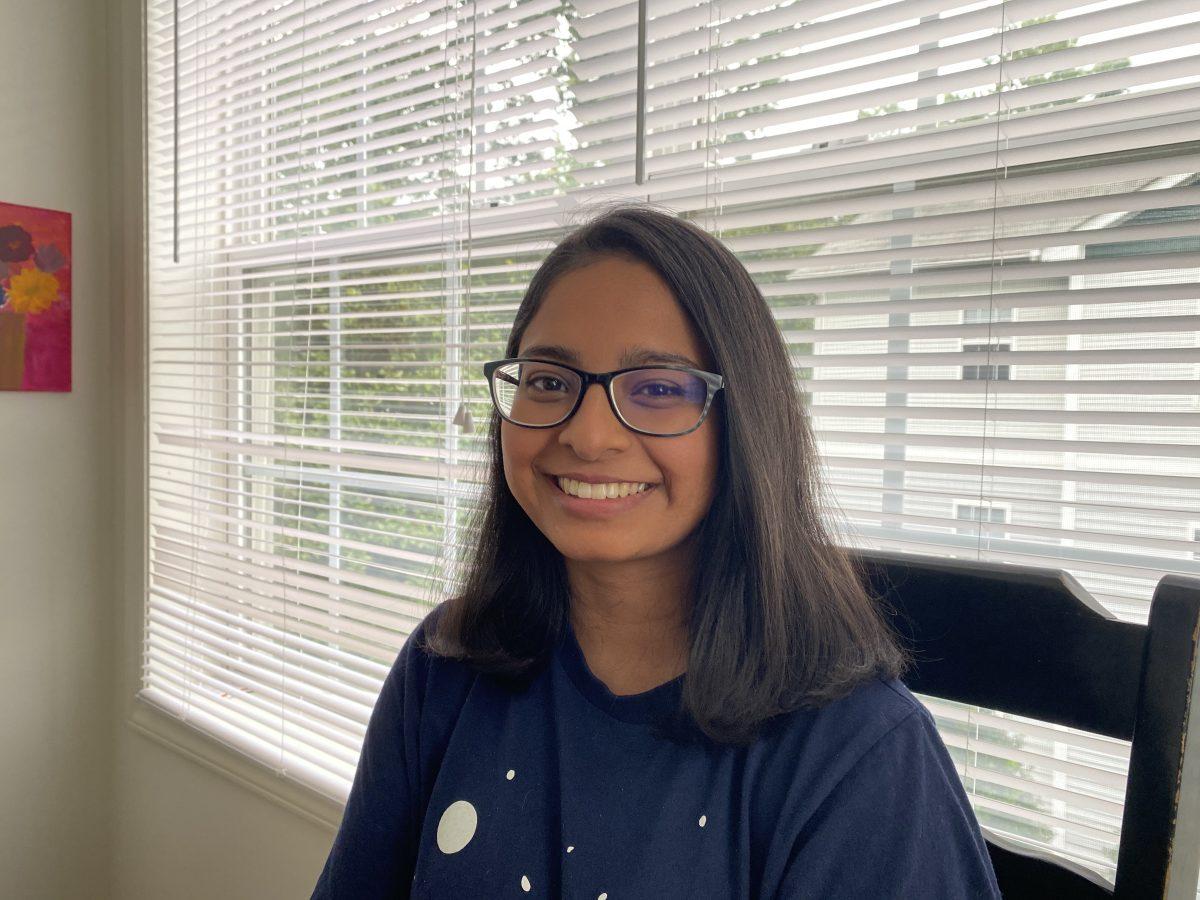
Shilpa Giri New Headshot
It’s officially been more than a week of in-person classes, and I unfortunately am already over it. Don’t get me wrong, sitting in a classroom is definitely something that has been helping me battle the epidemic of procrastination that gripped college students over quarantine, but no matter how much I tell myself in-person classes are safe, they really aren’t.
Most of the classes I take are in large lecture halls like Dabney 222. These classes are full to the brim every single day with students shoulder to shoulder, many of them not even following the mask mandate properly. Fellow Technician columnist Olivia Hille recently wrote a column about students in her class blatantly disregarding the mask mandate, and I can safely say that she is not the only student with classmates like that.
In addition to inadequate preventative measures, COVID-19 policies in class don’t do much to reassure and encourage students to follow COVID-19 guidelines. All my syllabi mention statements like, “If you test positive for COVID-19, or are told by a healthcare provider that you are presumed positive for the virus, you should not attend any hybrid or face-to-face (F2F) classes and work with your instructor on any adjustments necessary,” or “If you feel unwell, even if you have not been knowingly exposed to COVID-19, please do not come to a F2F class or activity,” but no policy talks about encouraging students to social distance, get vaccinated or potential repercussions of not wearing a mask while in large spaces like a 200-person lecture hall.
These class policies do a great job of telling students what to do and what not to do in case they get the disease, but honestly speaking, I do not want to get the disease in the first place! Instead of telling students to stay home if they get sick, let’s create an environment where students do not get sick and don’t have to fall behind on coursework because some of us acted like the pandemic is over.
Firstly, all classes should be offered in some kind of hybrid format. My ST 311 class is a great example of that, where all the lectures are posted online and students meet in small groups once a week for a problem solving and review session, with that being offered virtually in the form of recorded videos. This is great because it avoids the large congregation of students in a closed space and gives students a chance to safely interact with some of their peers and instructors. This allows students to take the course from the safety of their homes if they choose to do so.
Secondly, social distancing needs to be a thing again. With the number of large lecture halls at NC State, we can definitely afford to put in an empty seat in between students and maintain a gap of 6 feet in between them. Stricter social distancing should not just be limited to classrooms, but should also be enforced in other crowded areas as well like the dining locations, libraries, buses, etc.
Lastly, it’s important to remember that this pandemic is not over with Wake County having 104,748 cases and only 49% of the North Carolina population being fully vaccinated. Even our very own Protect the Pack website tries to skew results and provide us with false hope by saying, “In a recent survey from the university, more than 90 percent of respondents indicated they were fully vaccinated,” which is clearly misleading as these results came from an optional survey — sampling bias at its finest. Nowhere on the same website do they tell us who they surveyed or the real percentage of vaccinated individuals at NC State as a whole, but I guarantee you it’s nowhere near the wonderful sounding number of 90% that the University is pretending we’re at.
According to Protect the Pack, 27,252 individuals affiliated with NC State have uploaded vaccine records to the HealthyPack portal or have been fully vaccinated on campus as of Aug. 24, 2021. NC State’s Institutional Strategy and Analysis website also quotes that NC State has more than 36,000 students and 9,000 faculty and staff members. Running some quick numbers gives us a much more accurate percentage of vaccinated Wolfpack members at 60.56%.
Long story short, NC State you gotta do better. It’s extremely possible to give students the in-person experience they’ve been longing for, but that doesn’t mean all the safety measures we learned to adopt over the past one and a half years can be thrown out the window in a heartbeat.